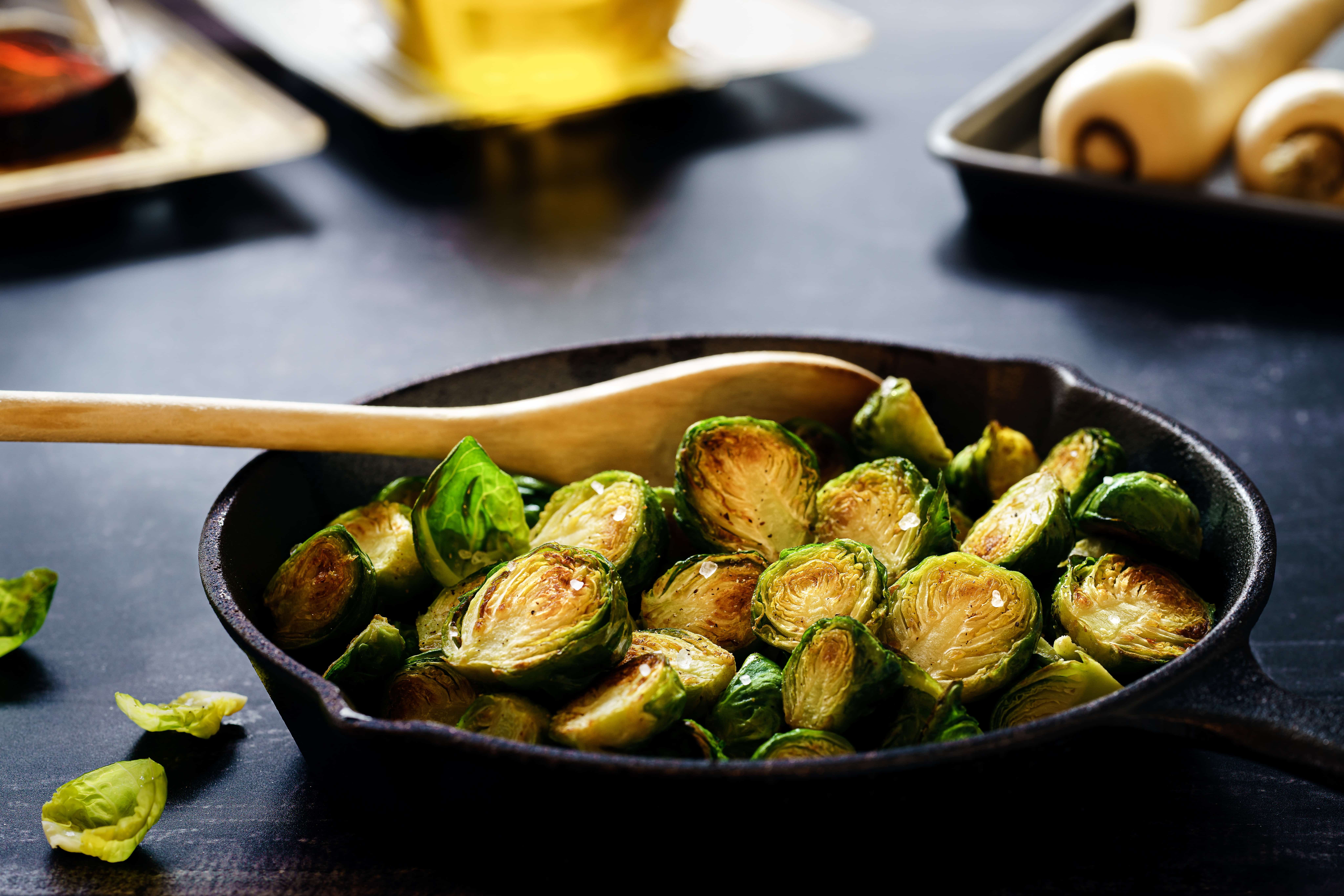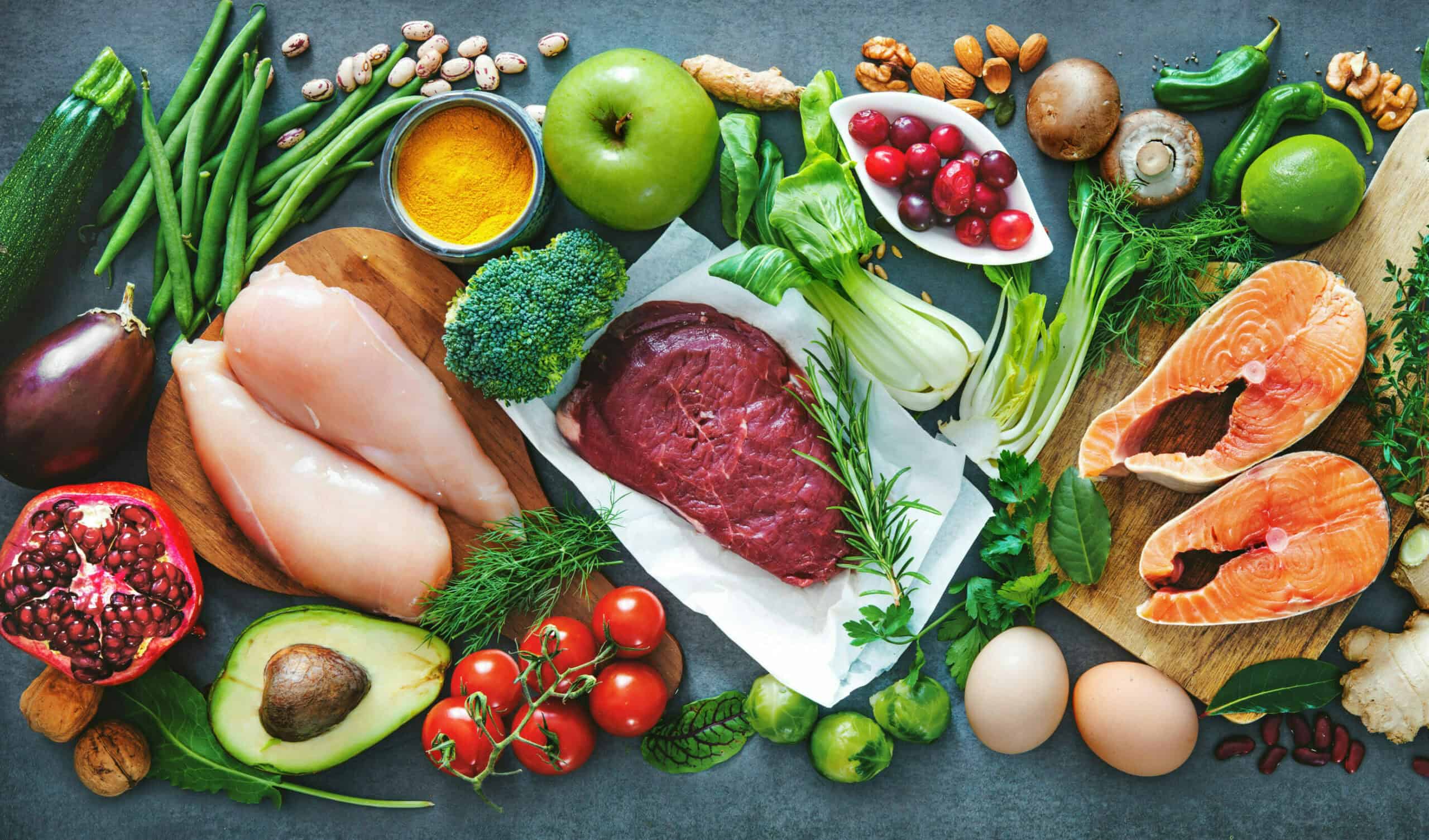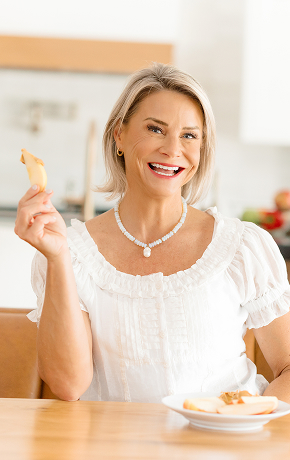We meticulously track the ingredients we cook with, but we don’t pay as close attention to the materials behind the pots and pans we have on hand. Cookware is the cornerstone of your kitchen, so it’s worth investing in a set that’s durable and safe for your long-term health.
Today, we’ll explore why you should care about your cookware, what makes some types toxic, and what to look for instead.
Why You Should Care About Your Cookware
We’ve gone organic.We’ve swapped chemical-laden cleaners for safer alternatives. But what about our cookware?
Throwing your cookware cares to the wind should worry you for three reasons:
- You’ll Forfeit Flavor: The right cookware can enhance the flavor and quality of your meals. High-quality, non-toxic pots and pans heat evenly and give your food crisp caramelization, browning, or softening where needed.
- You’ll Lose Money in the Long Run: Investing in the right cookware means you won’t have to keep replacing it, saving you money with decade-long durability.
- You’ll Risk Your Home’s Health: Some cookware can release harmful chemicals and toxins into your food when subjected to high temperatures. This can have adverse health effects, especially for growing children and infants.
What Makes Some Types of Cookware Toxic?
PFAS, copper, aluminum, or ceramic? Set after set of so-called safe cookware has been scrutinized by some and approved by others. Here’s the real down-and-dirty on the cookware you should ditch:
-
- Non-Stick is Not Great: Most non-stick cookware contains a synthetic chemical called perfluorinated compounds (PFAS). You might see PFAS also called perfluorooctanoic acid (PFOA) and polytetrafluoroethylene (PTFE). These chemicals have been linked to cancer, elevated cholesterol, hormone disruption, and other health issues. They’re bad news. Heating them up causes them to break down and release toxic fumes into the air.
As you inevitably scratch the surface of your cookware, the nonstick coating starts to peel. Some can end up in your food and you family’s tummies. To make matters worse, PFOAs don’t biodegrade. That means they will sit in your environment, and maybe even accumulate in your body.Your first step to a cleaner kitchen is to swap out your non-stick skillet straight away!
- Aluminum and Copper Cookware is Concerning: While aluminum is a fantastic heat conductor, cooking with it may cause neurological issues in some people. Plus it’s typically coated with that nasty non-stick coating we talked about above. The topic is hotly debated, but to be safe, keep your aluminum pots and pans to a minimum. Skip them altogether if you’re cooking acidic foods like tomatoes, vinegar, and citrus.Unlined copper cookware can release toxic copper ions into your food. In large amounts, these can also cause health issues for you and your family.
- Poor Quality Puts You at Risk: Stainless steel and ceramic non-stick cookware are supposed to be two of the safer options. But some low-quality stainless steel cookware can contain materials that leach into food, affecting both the food’s taste and safety.Cheap quasi-ceramic coatings may contain harmful nanoparticles of titanium dioxide. When the coating is scratched or worn over time, these particles can end up in your body.
- Non-Stick is Not Great: Most non-stick cookware contains a synthetic chemical called perfluorinated compounds (PFAS). You might see PFAS also called perfluorooctanoic acid (PFOA) and polytetrafluoroethylene (PTFE). These chemicals have been linked to cancer, elevated cholesterol, hormone disruption, and other health issues. They’re bad news. Heating them up causes them to break down and release toxic fumes into the air.
Material Matters: Which Cookware is Safest?
Opt for these non-toxic cookware that are safe and durable.
- Cast Iron: Longevity, perfect heat distribution, affordable price point—cast iron skillets have stood the test of time. They even can add a small amount of iron to your food. Stick with cast iron free from any coating, including enamel if you want a pan that will outlive you.
- Stainless Steel: You’ll rarely have to replace high-quality stainless steel cookware. Look for 18/10 or 18/8 stainless steel, which contains a higher chromium and nickel content.
- Ceramic: Quality matters here. Ceramic (without coating) does not release harmful chemicals when heated. It’s an excellent choice for both stovetop stir fries and oven bakes. Look for brands that are transparent about their manufacturing and who perform third-party safety testing for a long-lasting safe set.
- Glass and Porcelain Enamel: Oven-safe glass and enamel-coated cookware don’t react harmfully to high temperatures and are safe to use in the kitchen. These options are also easier to clean, making them a helpful alternative to non-stick options.
Creating and Maintaining a Safe Kitchen
- Transition Slowly: Start with one piece and experiment. Cook your favorite recipe and see how your new purchase performs. Then, move to utensils. Look for wooden or silicone spoons and spatulas that won’t scratch and damage any surfaces. As your budget allows, gradually replace your unsafe cookware and bakeware with the safer options listed above.
- Cook Mindfully: Preheat your pans (sprinkle in water and wait until the water beads and rolls around) before adding any oil. Opt for oil or butter rather than non-stick sprays. Start with medium heat, as quality-material pans tend to have better heat distribution.
- Clean Carefully: Always allow your pans to cool at least slightly before putting them in water. Clean and season your cast iron regularly to maintain its non-stick properties and prevent rust. For coated cast iron, handwash with warm water and a soft sponge or cloth to avoid scratches. Dry thoroughly immediately after washing.Stainless steel can be washed with regular dish soap and a Scotch-Brite pad. When your pans are heavily crusted, boil water with a few tablespoons of baking soda to soften and dissolve the food bits.
Which Pan Will You Pick First?
Explore the links above to find the perfect pot or pan to christen your clean kitchen. Remember, every positive change you make in your kitchen contributes to a cleaner lifestyle. Small swaps are better than nothing, and they add up. Take the first step towards a healthier home today.
Want more healthy tips like this?
Join my weekly newsletter where I pull from my expertise as a Registered Dietitian and share guidance on living healthy and weight loss.





